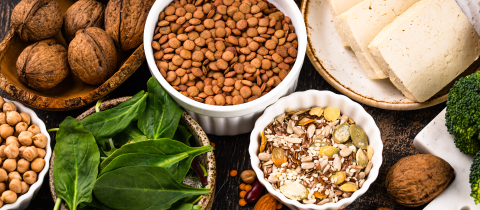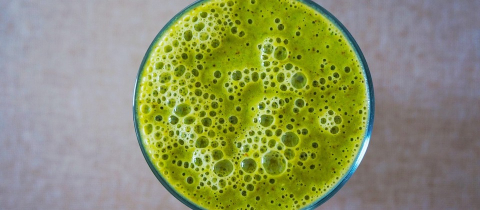As far as I know, this is all anecdotal and nobody has ever done a study to determine if this is actually true. To start with, not all Chinese meals are alike. “American” Chinese food with its bevy of egg rolls, chow mein and spare ribs is very different from what is consumed in China. Even in China there are large geographic differences with a wide range of meat consumption and rice being popular in some regions and noodles in others. The lack of satiety accusation is usually aimed at American Chinese food with monosodium glutamate (MSG) often targeted as a culprit. There is no evidence whatsoever that MSG interferes with satiety, indeed if anything, it may have the opposite effect. Proteins, which break down during metabolism to amino acids, have been shown to decrease ghrelin, the appetite stimulating hormone, and boost leptin, the hormone that curbs appetite. Monosodium glutamate is the sodium salt of glutamic acid, a common amino acid, and could conceivably play a role in increasing leptin levels. In general, high protein foods, Greek yogurt being an example, have been shown to have a high satiety value.
Chinese meals tend to be rather low in protein. They are also low in fiber, which seems to decrease hunger. Fiber is the indigestible component of grains, vegetables and fruits and fills the stomach before it is eliminated, and a full stomach decreases the release of ghrelin. Pectin in apples and beta-glucan in oat bran are forms of soluble fiber that have been shown to increase the time before hunger appears. There is also the suggestion that western diets often contain potatoes which have a very high satiety value, and by comparison, Chinese meals, which do not feature potatoes therefore leave you feeling hungry.
The “satiety value (SI)” of various foods has actually been investigated by researchers at the University of Sydney in Australia. Volunteers consumed a variety of foods, each containing about 240 calories, and then every fifteen minutes reported their feelings of hunger. White bread was chosen as a standard and assigned a Satiety Index of 100, with other foods being evaluated on whether they provoked less or more hunger than the standard. In general, foods that rank high, meaning they satisfy hunger for a longer time, are foods with high protein, water or fiber content. Boiled potatoes turn out to have the highest SI, followed by oatmeal, oranges and apples. As a class, fruits have the highest SI and bakery products such as croissants and doughnuts have the lowest. Eggs, steak, brown pasta, popcorn and baked beans are also satisfying. Interestingly, fat content correlates negatively with satiety. It should be pointed out that the satiety index is just a measure of the onset of hunger and does not relate to the nutritional quality of the foods.
Want to comment on this article? Visit our FB Page!







